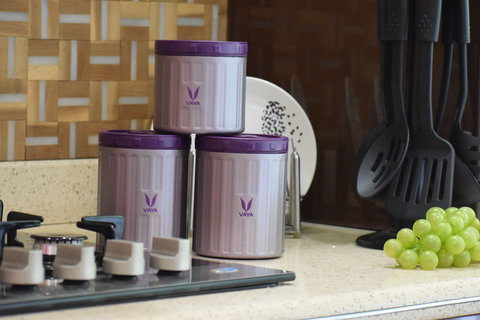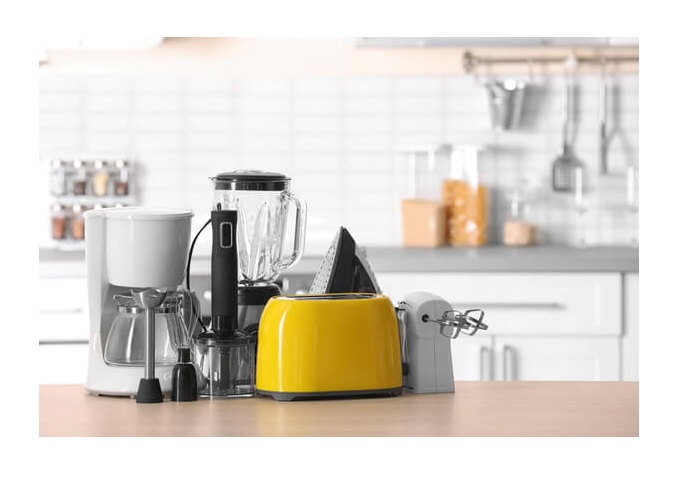One of the biggest reasons to switch from plastic food storage containers to the stainless-steel food jars is that stainless steel containers aren’t toxic. Plastic is made from toxic chemicals that can cause you harm. Stainless-steel food containers do have the potential to release trace amounts of particular elements, into your food however. But these elements actually have health benefits and are a long way from being toxic. Read on to learn about these elements and how they can benefit you.
All About The Trace Elements Contained Inside Stainless Steel
There are four different release types from 300 grade stainless steel:
- Iron (Fe)
- Chromium (Cr)
- Manganese (Mn)
- Nickel (Ni)
Iron
The base material that steel is made from is iron, while the nickel and chromium are the elements that are responsible for stainless steel’s corrosion resistant and durable properties. While the body needs iron as part of the red blood cell production process, too much iron can be toxic. But it is very rare that people absorb too much iron. A stainless-steel kitchen storage container would introduce less than 20% of the total RDI.
Chromium
Chromium is similar to iron in the fact that it is an element your body needs in small doses. It has been proven to be effective at improving the human body’s response to insulin. It has also been shown to lower blood sugar levels in diabetics. A person should intake 50-200 micrograms of chromium per day. A stainless-steel food container shouldn’t be releasing more than 45 micrograms of chromium for any meal.
Manganese
All forms of life require the trace element, manganese. People normally intake manganese naturally via their diet. Some manganese rich foods include, rice, grains, eggs, olive oil, soya beans, nuts, green beans, and oysters. Manganese only becomes toxic when ingested at more than 500 micrograms, way above what is normally released by a stainless-steel food storage container.
Nickel
Out of all of the elements released by a stainless-steel container, nickel is possibly the worst. It is not toxic when ingested in small amounts, but it can cause an allergic reaction to people who have a nickel allergy. Generally speaking though, the amount of nickel released by stainless steel containers is less than one would ingest from eating a nice steak or hamburger. If a person does have an allergy to nickel, it is best that they avoid stainless steel products entirely.
Now that you know the trace elements that stainless-steel could release into your food, you can be sure how safe a stainless-steel meal carrier drinkware is. Apart from being safe, stainless-steel range of storage jars reduce your carbon footprint, allowing you to do your part for the environment.





